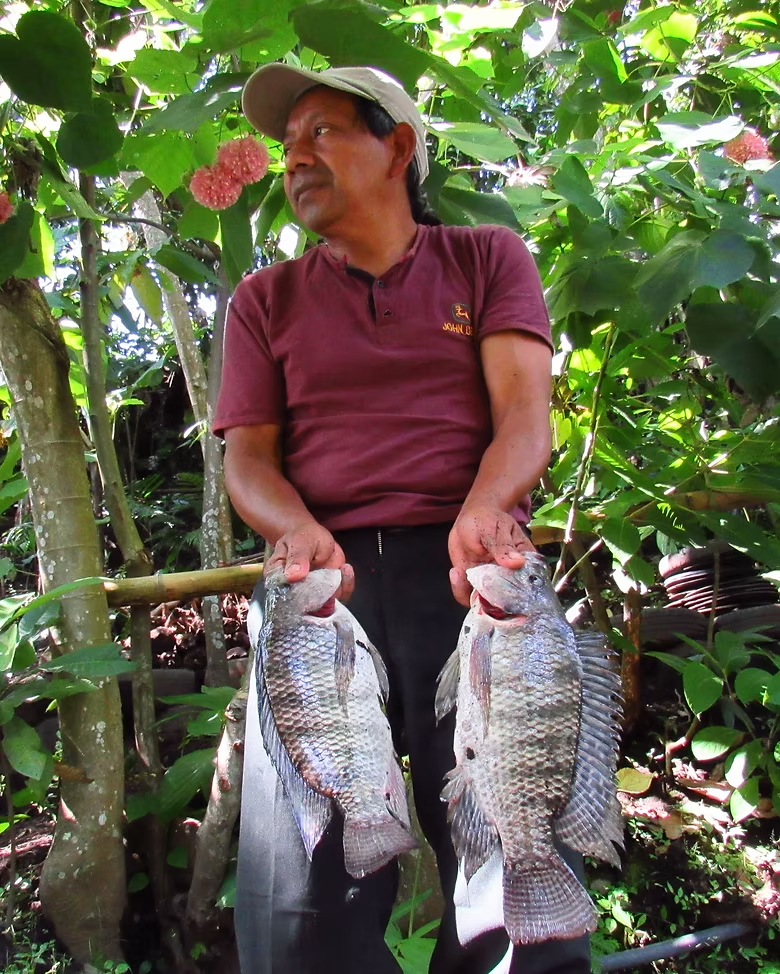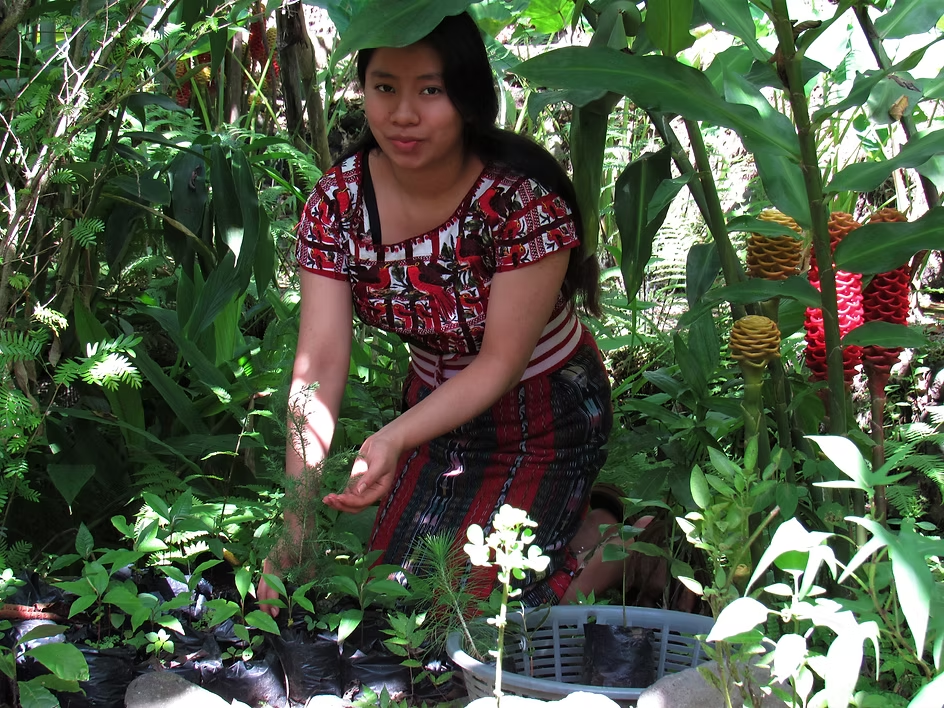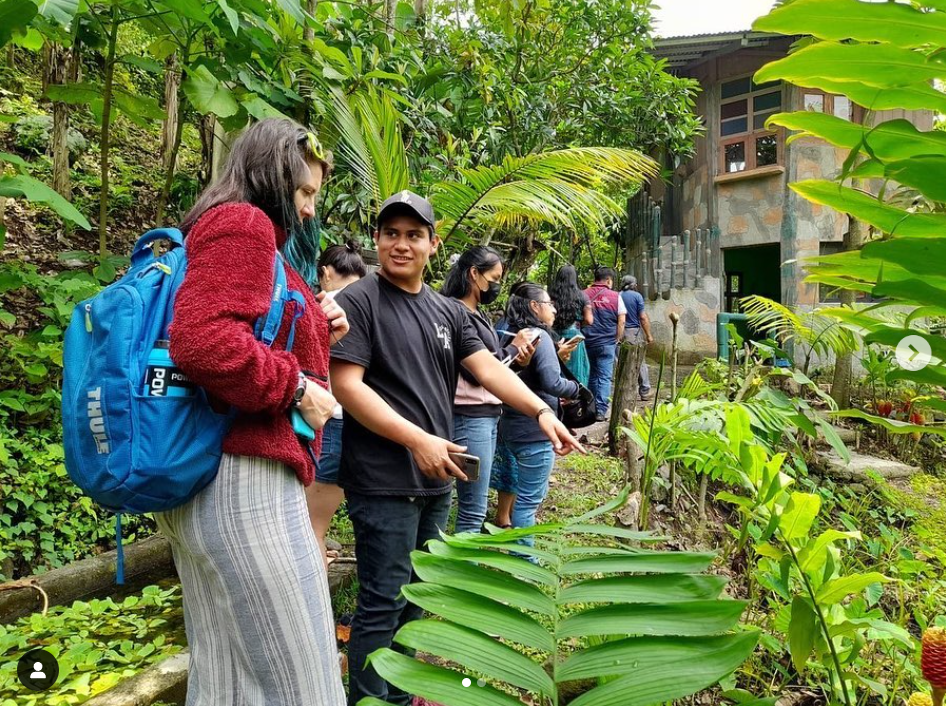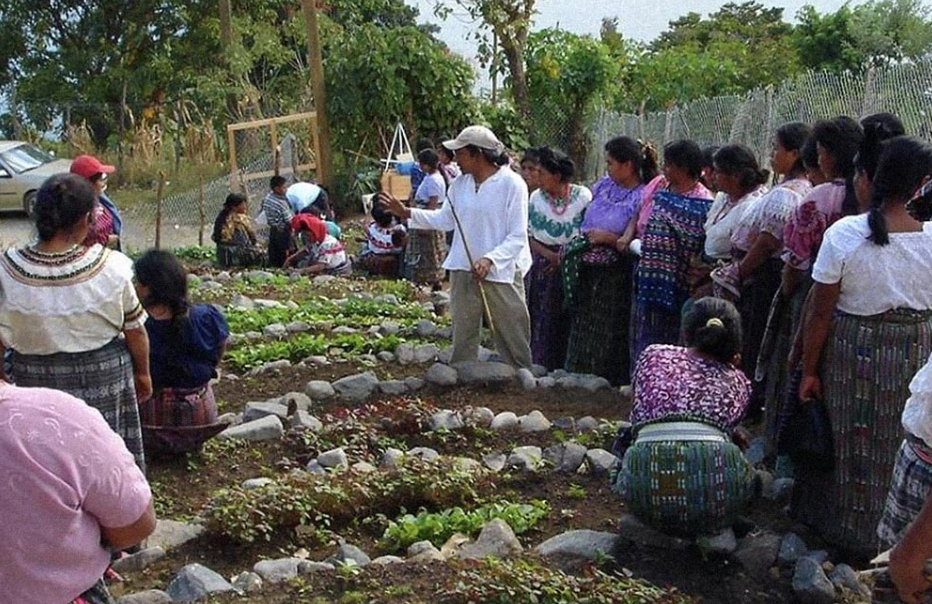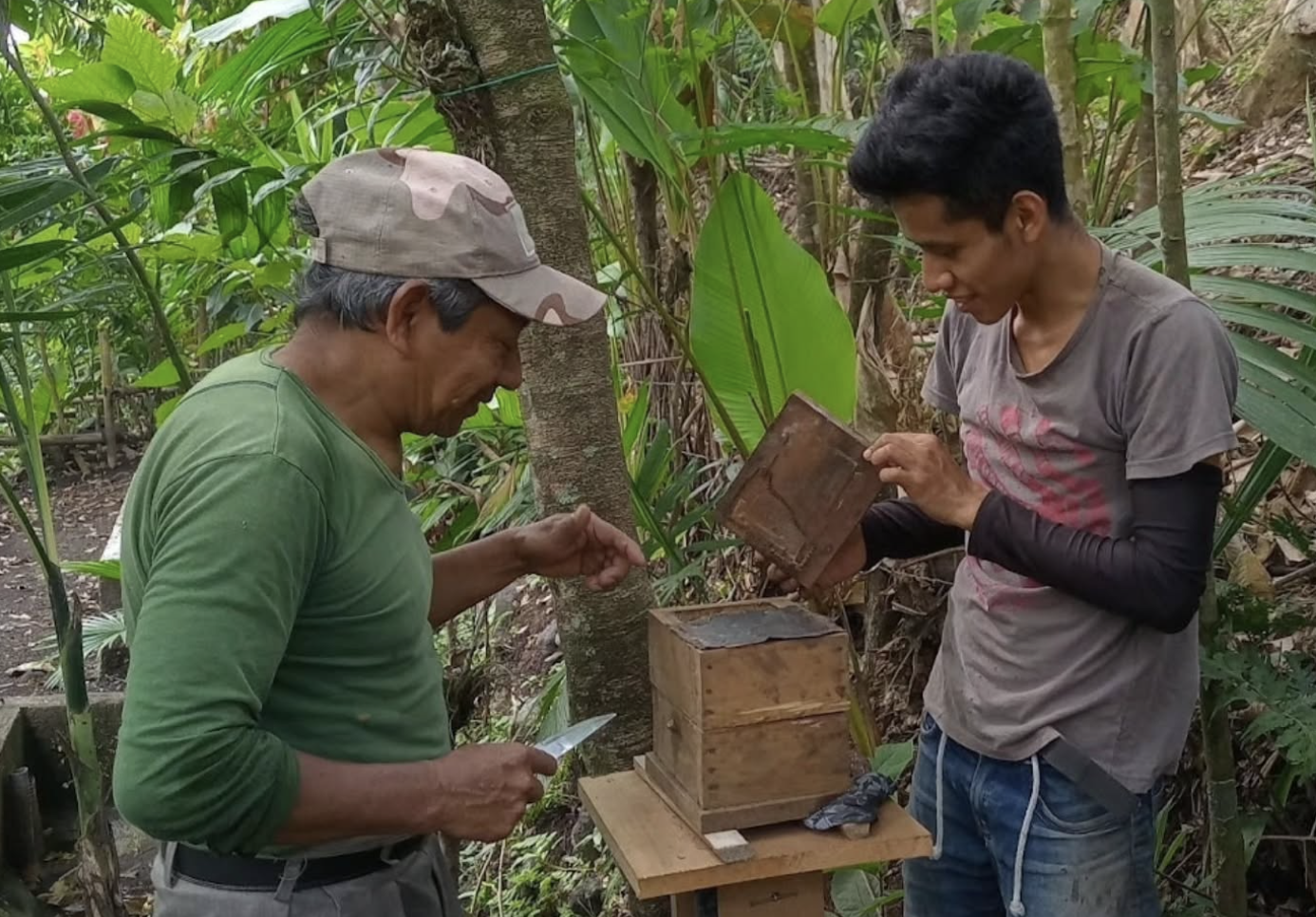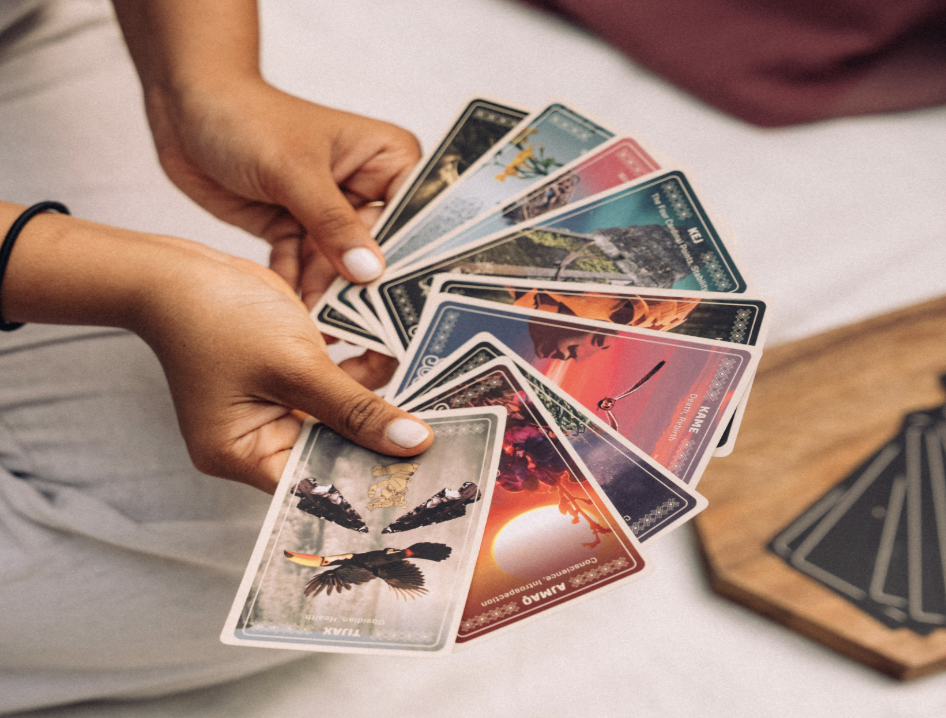CEPC's work is based on a blend of principles from the Maya Cosmovision and Permaculture, which both stress the importance of working with natural systems. Their on-site projects and trainings focus on:
1) Providing access to healthy, organic food
2) Protecting local ecosystems
3) Strengthening indigenous communities
4) Increasing self-sufficiency and regional stability
They also publish educational videos on the
social media page of their partner organisation, CIELO, to teach people about their permaculture, aquaculture and agroforestry systems.
The community aims to build an organic market within the Quixaya community to have their first local produce market within the village. Currently, community members have to travel 40 minutes (16km) to the nearest town to buy or sell fruits and vegetables.
In order to protect and restore a native bee species, locally known as ‘Doncella’ (Tetragonisca Angustula), bee hives are being implemented in four agroforestry areas of fruit and coffee trees, totaling 1,600 m2. The community is reclaiming ancestral stingless beekeeping practices and sharing their knowledge through hands-on workshops where participants build bee boxes, plant native flowers and learn ethical honey harvesting techniques that have been passed down for generations. Melipona bees (stingless bees), long honored in Maya traditions for their spiritual and medicinal significance, are now thriving in 12 active colonies at the community center. Beyond technical training, the workshops act as spaces of cultural renewal and ecological care, where producers strengthen their relationship with the land and with each other through story, memory, and skill.
With their partner CIELO, they produced The Living Maya project, created by Maya people dedicated to advancing Maya culture and art. The contributors include an Ajq’ij (spiritual guide), artists, writers, and cultural practitioners. The project is produced and run by the non-profit CIELO, and all proceeds from this project go back into funding indigenous-led initiatives in Guatemala. Support this project by visiting
The Living Maya website.
